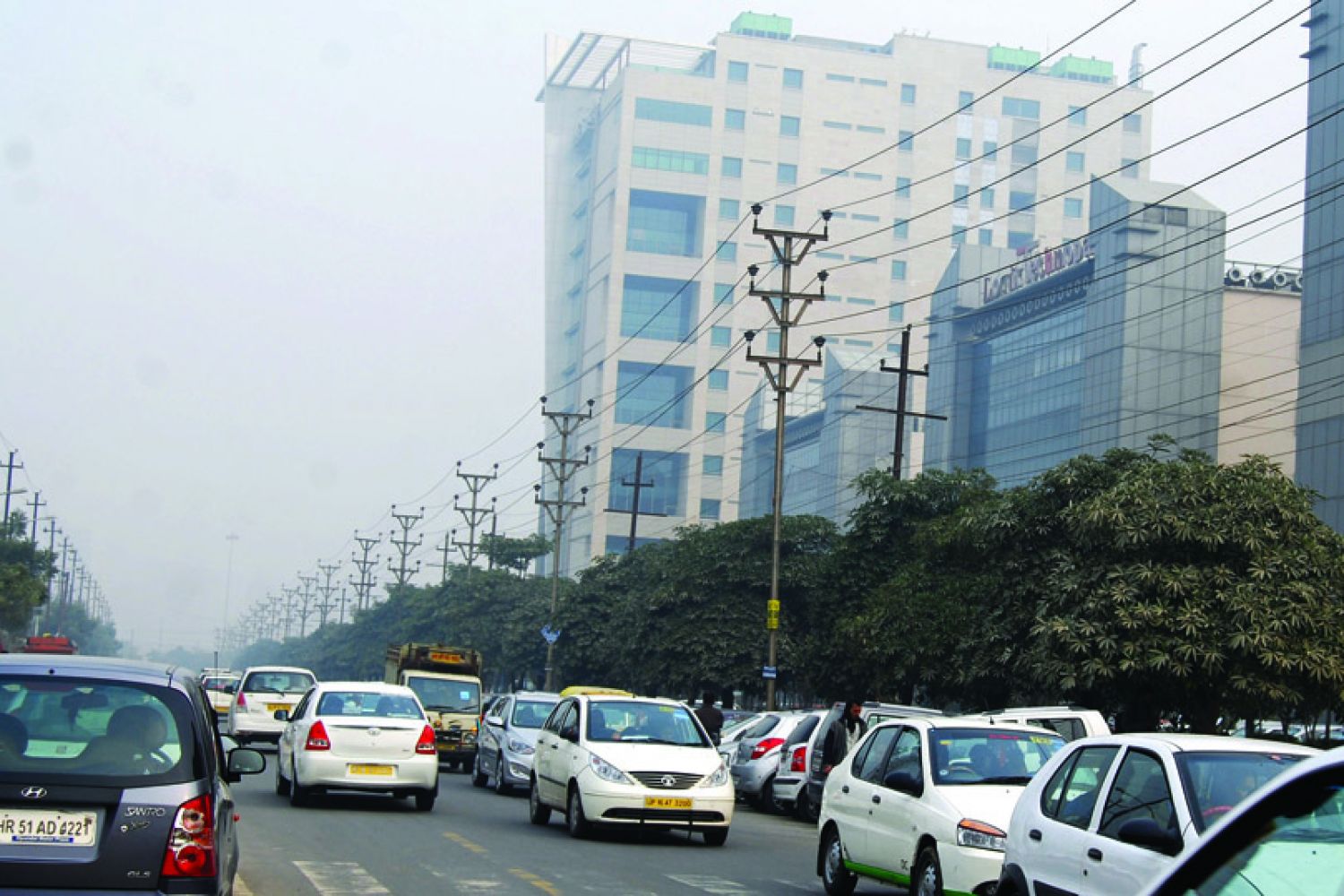
We worked for free
after all. All we lacked was professional work experience even though every
worker did almost the same work day in and day out.
Sudesh Pathak, an IT
professional at a leading software company based in Gurgaon, Delhi’s sub-city
and Haryana’s IT hub, has switched jobs nine times in the past two years. Moving
through jobs in the private sector is hardly surprising, and good workers
always find better jobs. Pathak’s case is different. An engineering graduate
from Me





